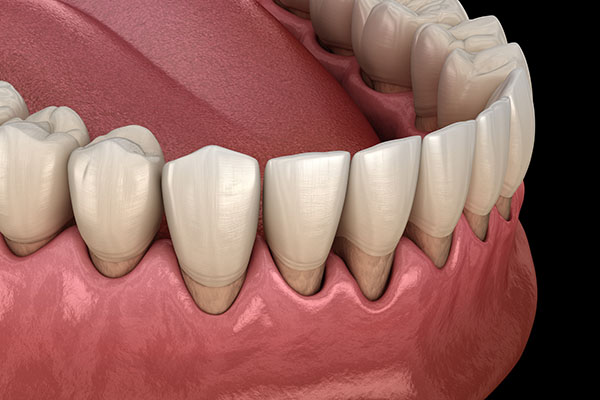 Many people think it is a normal part of an oral care routine, but dentists warn that bleeding gums are a sign something is wrong. When you brush and floss your teeth, sometimes you may see a little blood coming from your gums. In most cases, bleeding gums are a sign that you may have gum disease. Untreated gum disease can lead to gingivitis and periodontitis. These conditions can affect the whole body if you do not seek out dental care.
Many people think it is a normal part of an oral care routine, but dentists warn that bleeding gums are a sign something is wrong. When you brush and floss your teeth, sometimes you may see a little blood coming from your gums. In most cases, bleeding gums are a sign that you may have gum disease. Untreated gum disease can lead to gingivitis and periodontitis. These conditions can affect the whole body if you do not seek out dental care.
Bleeding gums and gingivitis
Bleeding gums are the most common symptom of gingivitis. Leaving plaque along the gumline for too long can cause inflammation. Eventually, the plaque hardens into tartar, which is more difficult to remove. Both plaque and tartar can increase gum bleeding.
A gingivitis diagnosis surprises many people. Most people believe they are brushing their teeth well and have good oral care. While the toothbrush bristles may be too hard, bleeding gums are likely a symptom of gum disease. If people do not address it in the early stages, the condition can develop into a more serious periodontal disease.
The progression of periodontal disease
In periodontal disease, the gums bleed because of inflammation. The inflammation in the gums can affect other systems in the body. Doctors have linked inflammation from periodontal disease to conditions like diabetes and heart disease. Bleeding gums are an early warning sign that something is going on in the mouth.
Bleeding gums and heart disease
Even mild gingivitis and bleeding gums can cause problems later on. It is not clear why gum disease correlates with heart disease later in life, but the connection is strong. Untreated gum disease can increase a person’s chances of suffering a heart attack or stroke. Getting gum disease under control at the first signs is crucial to good health in the long term.
An increased chance of stroke or heart disease is not the only potential outcome of periodontal disease. As the disease progresses, patients go from experiencing bleeding and puffy gums to more serious issues. The gums can become very sore and visibly protrude around teeth. Teeth can loosen and eventually fall out.
Gum disease and diabetes
Patients who were not diabetic but have untreated gum disease are more at risk for developing diabetes. On the flip side, people who have diabetes are more likely to develop gum disease. Uncontrolled blood sugar contributes to the development of gum disease. Diabetic patients must be vigilant with their oral care to ward off periodontal disease.
Treating bleeding gums for health
At the first sign of bleeding gums, you should check their oral care habits. Flossing is a key element that many people skip. But it can help you to remove the food particles that cause bacteria to grow and plaque to form. Regular visits to the dentist can also help you to remove stubborn plaque along the gumline. The dentist can help you develop a long-term plan of care for prevention.
Request an appointment or call Leading Edge Dental Center at 847-796-8731 for an appointment in our Skokie office.
Related Posts
Although there are often no painful symptoms of gum disease in the early stages, it is crucial to treat gum disease as soon as it is detected. Otherwise, the disease could worsen or lead to more severe oral health concerns that require extensive treatment to address properly.Understanding the dangers of gum disease can provide the…
Are you wondering whether you can do anything to prevent gum disease? According to the Centers for Disease Control and Prevention (CDC), gum disease affects over half of all Americans over the age of 30.Early stages of gum disease, such as gingivitis, may be treated with a dental cleaning every six months and good oral…
Along with swelling and pain, consistently bleeding gums can be a symptom of gum disease. There are two main types of gum disease, gingivitis and periodontitis, with the latter being a more advanced version. In serious cases, this condition can ultimately result in tooth loss. It is helpful to understand who may be more susceptible…
